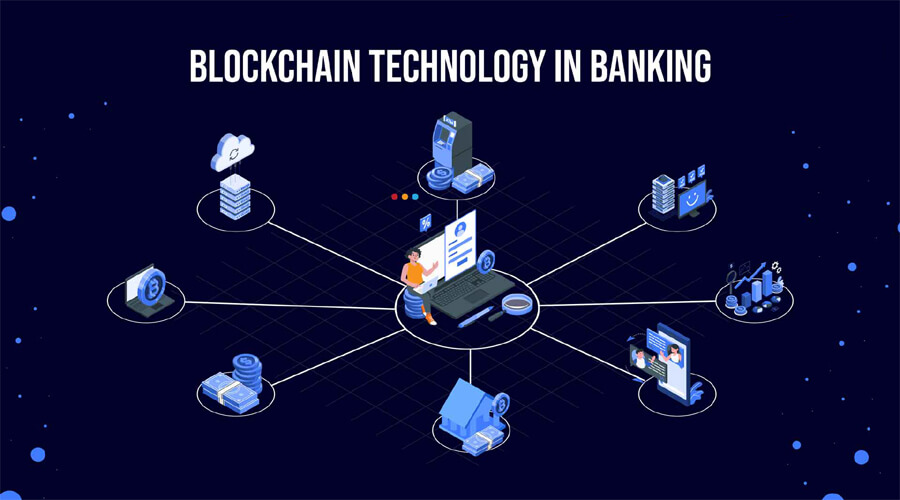Blockchain technology, often linked with cryptocurrencies like Bitcoin, is a revolutionary system that has the potential to transform various industries. To understand blockchain and its architecture, let’s break it down into simple terms.
The Foundation: Blocks
At the heart of blockchain are blocks. Instead of one page, though, imagine a massive book with countless pages, each representing a block.
Transactions: What Goes in Blocks
Now, what do these pages contain? Transactions. Transactions are like entries in this digital ledger, and they can represent different things – not just money. They could be records of asset transfers, data exchanges, or even ownership changes.
The Chain: Linking Blocks Together
Here’s where the magic happens. Each block has a unique feature – it includes a reference to the previous block. This creates a chain of blocks, hence the term “blockchain.” Imagine it like a long necklace made up of connected beads.
Decentralization: No Central Authority
Unlike traditional ledgers controlled by a single entity, blockchain operates in a decentralized way. It’s like a giant network where multiple computers, called nodes, work together. Each node has its copy of the entire blockchain.
This decentralization is key because it eliminates the need for a central authority. Transactions aren’t validated by a bank or a government; instead, they’re confirmed by the network collectively.
Security: Protecting the Chain
Blockchain’s security is impressive. Transactions are secured using cryptographic techniques, which are complex codes that make it extremely hard for anyone to tamper with the data. Once a transaction is recorded in a block, it’s almost impossible to alter.
To change one block, you’d need to change every subsequent block across the entire network – an almost insurmountable task. This security is a big reason why blockchain is trusted for sensitive data.
Transparency: Open for All to See
Another critical feature is transparency. The blockchain ledger is accessible to anyone on the network. This transparency builds trust because users can independently verify the information.
Validation: Consensus Mechanisms
To add a block to the blockchain, transactions must be verified. This is where consensus mechanisms come into play. Different blockchains use various consensus mechanisms, such as Proof of Work (PoW) or Proof of Stake (PoS), to agree on the validity of transactions.
The Architecture in Action
Imagine a group of people sitting around a table with a shared notebook. Each person has a copy of the notebook, and they’re all noting down transactions. When a new page is filled (a block), it’s passed to the next person, who references the previous page (block). Everyone in the group has a record of the transactions, and no one person can change what’s already written.
Beyond Cryptocurrency
While blockchain began with cryptocurrencies, it has far-reaching applications:
- Supply Chain Management: Ensuring authenticity and traceability of products.
- Smart Contracts: Automating agreements without intermediaries.
- Healthcare: Securely sharing medical records among providers.
- Voting Systems: Creating secure and tamper-resistant digital voting records.
In essence, blockchain is like a decentralized, secure, and transparent digital ledger that’s poised to transform how we do business, trust each other, and manage data. Understanding its architecture helps demystify this groundbreaking technology.
Regenerate



